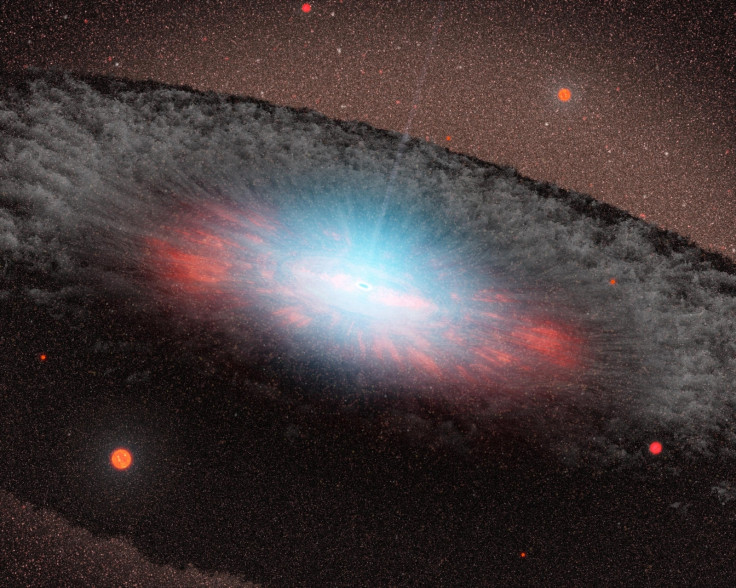First glimpse of gravitational waves from supermassive black holes could be caught within 10 years
The detection of a supermassive black hole merger could help scientists better understand how giant galaxies and black holes evolve.

In a few years, astronomers could catch the very first glimpse of powerful gravitational waves coming from merging supermassive black holes. A new study, that used real data instead of computer simulations, predicted that such an observation could be made within the next 10 years.
So far, there have been only five instances of gravitational waves detection. However, none have been observed yet coming from supermassive black holes.
"If you take into account the positions of the pulsars in the sky, you basically have a 100% chance of detecting something in 10 years," Chiara Mingarelli, the study's lead author, said in a statement. "The bottom line is that you're guaranteed to select at least one local supermassive black hole binary."
"Observing low-frequency gravitational waves would be akin to being able to hear bass singers, not just sopranos," said Joseph Lazio, chief scientist of Nasa's Deep Space Network and co-author of the study.
According to the new study, published in Nature Astronomy, there may be a higher chance of detecting gravitational waves from merging black holes in smaller galaxies. This is because while bigger galaxies have bigger black holes, the mergers also occur fairly quickly. This in turn shortens the time required to observe gravitational waves.
For instance, black holes merging in the massive M87 galaxy would have a four-million-year window of detection. However, the smaller Sombrero Galaxy black holes mergers would offer a 160 million-year window.
"By expanding our pulsar timing array over the next 10 years or so, there is a high likelihood of detecting gravitational waves from at least one supermassive black hole binary," Mingarelli said.
The detection of a supermassive black hole merger could help scientists better understand how giant galaxies and black holes evolve.
"Detecting gravitational waves from billion-solar-mass black hole mergers will help unlock some of the most persistent puzzles in galaxy formation," said Leonidas Moustakas, a Nasa JPL research scientist.






















